In recent years, the beauty and allure of Italy’s iconic destinations have attracted millions of tourists. However, the surge in visitors, particularly day-trippers, has led to concerns over overtourism. In response, several notable Italian locales have implemented measures to restrict day-trip tourism in an effort to preserve their cultural heritage and maintain the quality of life for residents. This initiative reflects a broader movement towards sustainable tourism, balancing the enjoyment of visitors with the protection of Italy’s historical sites and natural landscapes. Here, we explore seven of these destinations and the specific regulations they’ve introduced to manage the influx of day-trippers.
1. Venice
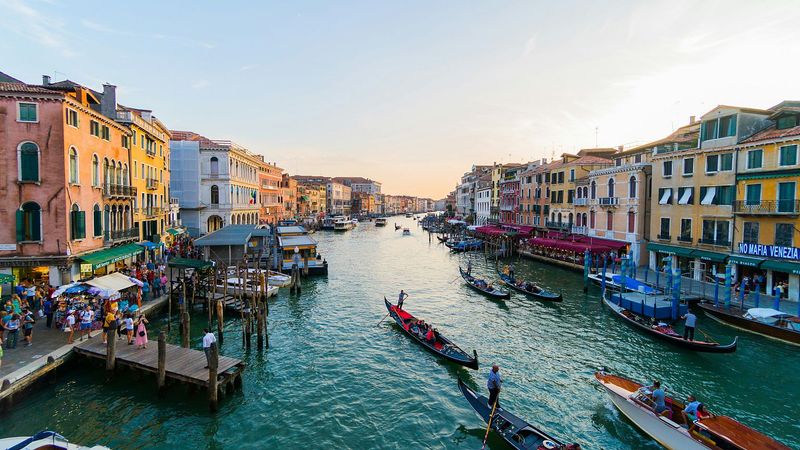
Venice, a city floating on water, has been grappling with the challenges of mass tourism. Starting in 2025, Venice will implement a day-tripper fee on 54 peak days, ranging from €5 to €10, depending on the timing of the booking. This fee targets Fridays, Saturdays, Sundays, and public holidays to alleviate the notorious congestion in the city’s historic center.
Venice aims to balance the preservation of its fragile infrastructure with the influx of 20 million visitors annually. Locals face streets clogged and services overwhelmed, urging measures to protect their city’s unique charm. Fines up to €300 await those evading the fee, as Venice strives for sustainable tourism.
2. Portofino
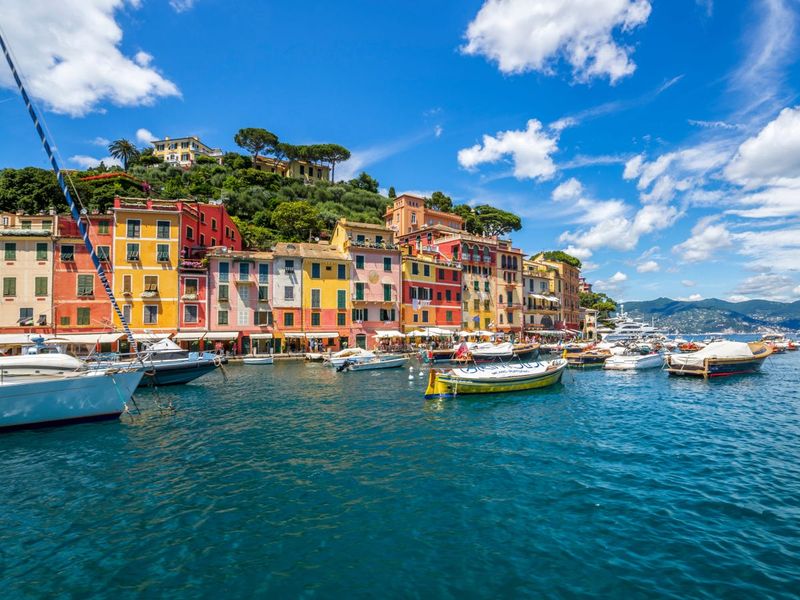
In the charming town of Portofino, the picturesque beauty draws travelers from around the globe. To combat the chaos caused by selfie-seeking crowds, the town has designated “no waiting” areas. Tourists lingering in these zones can face fines up to €275 during peak times.
The move is designed to prevent dangerous situations and keep pathways clear for both residents and tourists. It reflects Portofino’s commitment to preserving the tranquility and safety of its beloved spots. Visitors are encouraged to enjoy the views while respecting the town’s efforts to maintain a peaceful environment.
3. Capri
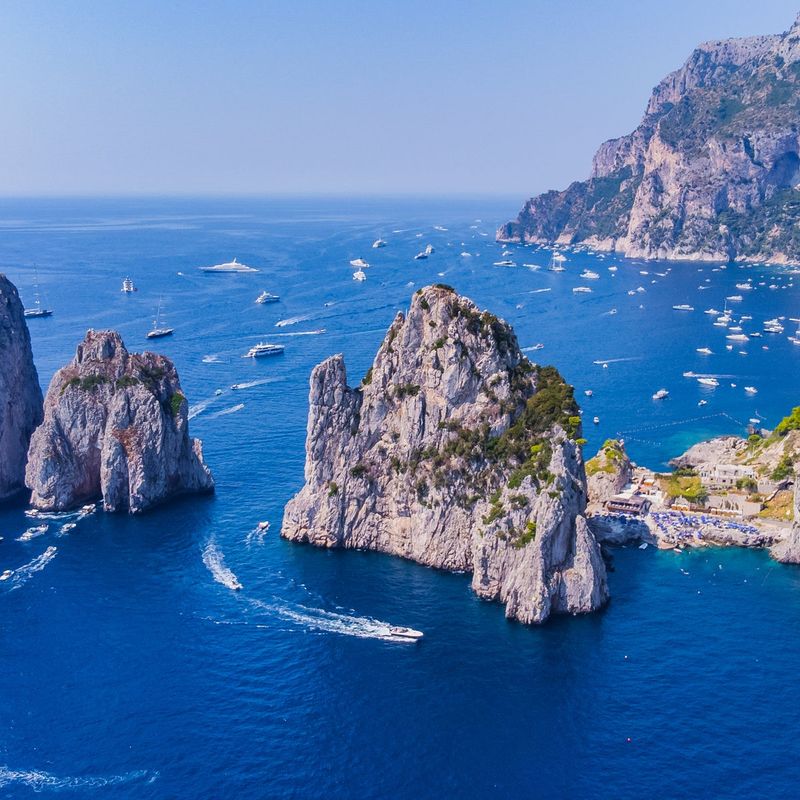
The island of Capri, renowned for its stunning coastline, is taking steps to protect its natural beauty. Proposed plans include installing a buoy barrier 100 meters offshore to deter boats from sailing too close to its precious shores. This initiative aims to preserve swimming areas and prevent potential damage to the coastal environment.
Capri’s efforts underscore a focus on sustainable practices, ensuring that its breathtaking landscapes remain undisturbed by excessive tourist activity. This move reflects a broader shift towards protecting ecological treasures while still welcoming visitors to experience the island’s allure.
4. Rome
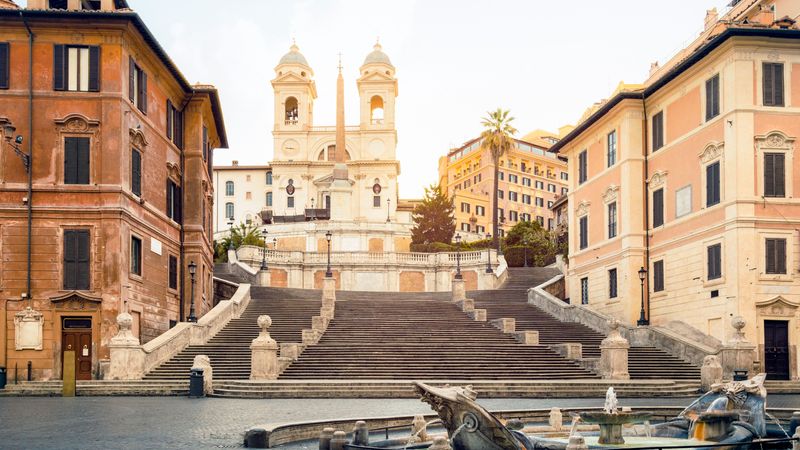
In the eternal city of Rome, where history and modernity meet, new regulations aim to preserve its monumental attractions. Fines have been imposed for behaviors deemed disruptive, such as sitting on the Spanish Steps or attaching “love padlocks” to bridges.
These measures ensure that the city’s historic sites remain pristine and respected by all who visit. The initiative reflects Rome’s dedication to maintaining public order and protecting its cultural heritage. Tourists are encouraged to explore the city with reverence for its timeless beauty and historical significance.
5. Sardinia
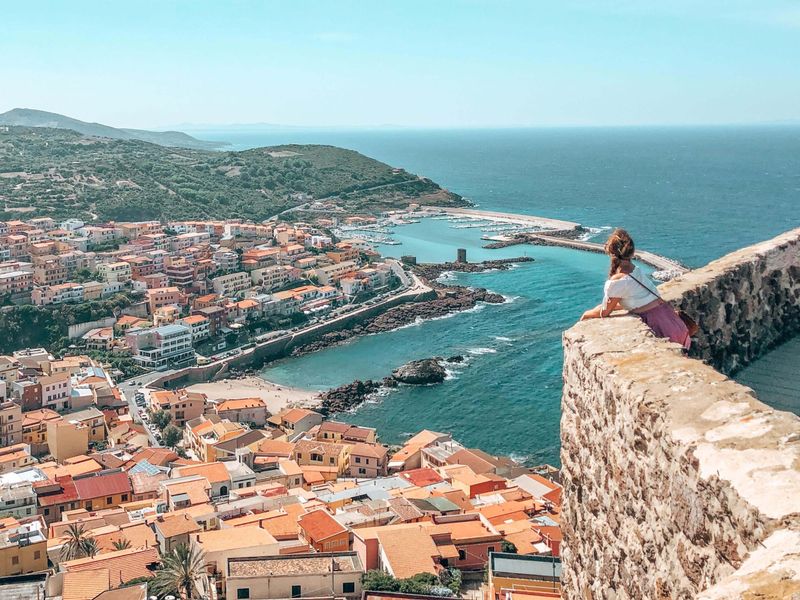
On the idyllic island of Sardinia, preservation of unique natural sites is a top priority. The pink sand beach, Spiaggia Rosa, has been closed to visitors for decades to protect its fragile ecosystem. Unauthorized access can result in fines ranging from €500 to €3,500.
Additionally, visitor numbers on several beaches are capped at 60 daily, with a small fee to discourage littering. These efforts highlight Sardinia’s commitment to safeguarding its environmental heritage, ensuring that its beaches remain unspoiled treasures for future generations to appreciate.
6. Florence
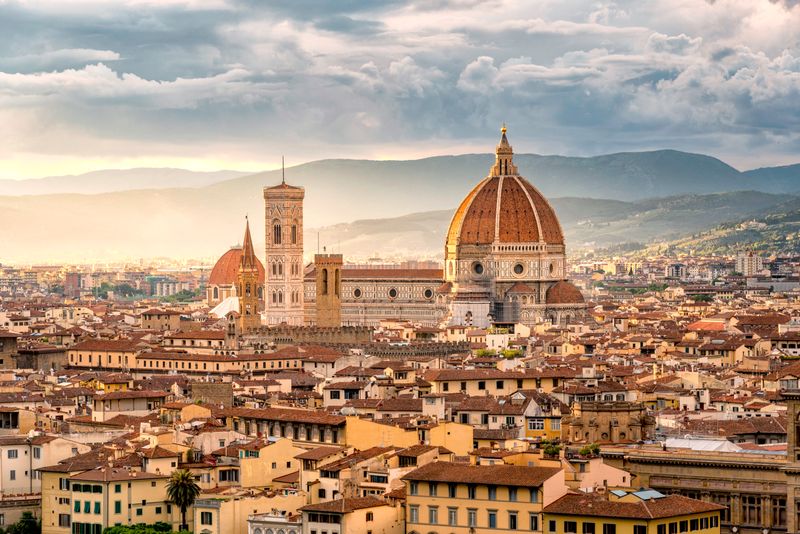
Florence, with its rich artistic legacy, has taken measures to address the impact of tourism on its historic city center. In June 2024, a ban on short-term holiday rentals like Airbnb was enacted. This decision seeks to alleviate housing shortages for residents and maintain the integrity of the UNESCO World Heritage Site.
The initiative underscores Florence’s dedication to preserving its cultural identity while managing tourism responsibly. Visitors are encouraged to immerse themselves in the city’s vibrant arts and history, with a consciousness of Florence’s efforts to protect its living history.
7. Trentino Alto Adige
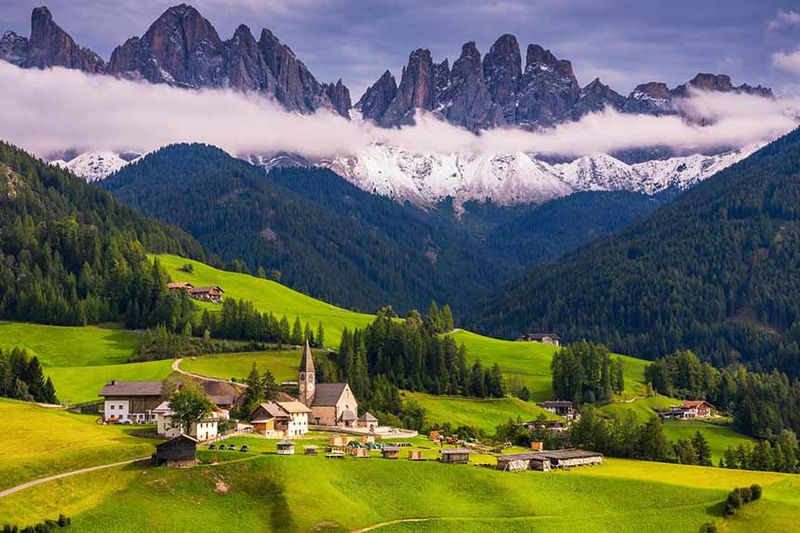
In Trentino Alto Adige, the enchanting natural beauty calls for careful management of tourist activities. The region has set restrictions to cap the number of overnight guests in areas like Lago di Braies at 2019 levels. Pre-registration is required for attractions such as Alpe di Siusi.
No new guest houses are permitted, reflecting a proactive approach to combat overtourism and preserve the environment. This strategy highlights the region’s commitment to maintaining its breathtaking landscapes while accommodating visitors in a sustainable manner. It’s a delicate balance between welcoming guests and protecting the area’s natural allure.


